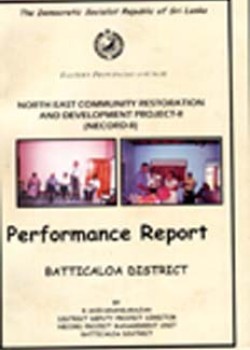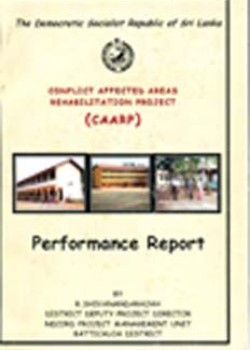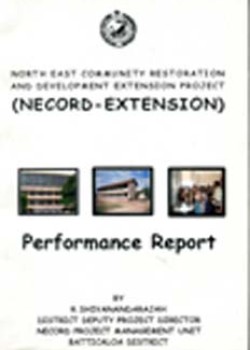
Poverty Lines in Greater Cairo: Underestimating and misrepresenting poverty
Author : Sabry S.
Publisher: Human Settlements Programme
Place of Publish: United Kingdom, London
Year: 2009
Page Numbers: 48
Acc. No: 4697
Class No: 339.46 SAB
Category: Books & Reports
Subjects: Poverty
Type of Resource: Monograph
Languages: English
ISBN: 978-1-84369-737-4
The way in which poverty is defined and measured influences who is considered to be poor, how the state responds and how successful the state responses are judged to be As this paper shows, if the definition is incorrect or based on inaccurate data, the scale and nature of poverty can be greatly underestimated. In low- and middle-income nations, most measurements of poverty are based on poverty lines set at some particular income level (for instance US$1 per person per day). The most widely recognised definitions and measurements of poverty in Egypt use poverty lines This paper engages with the global debate about the validity and reliability of this approach by examining their use in Egypt in relation to the reality of the lives of the urban poor in Greater Cairo. It reviews the accuracy of Egypt,s various poverty lines, and the data which inform them, and then questions their validity in relation to the costs of basic food and non-food needs in eight of Greater Cairo,s informal areas in 2008. The paper concludes that the incidence of poverty is considerably underestimated in Greater Cairo This is because poverty lines are set too low in relation to the costs of even the most basic of needs, and because the household survey data that inform poverty line studies under-sample people living in informal settlements (and under-count the populations of informal settlements). Reference: Poverty Lines in Greater Cairo: Underestimating and misrepresenting poverty



